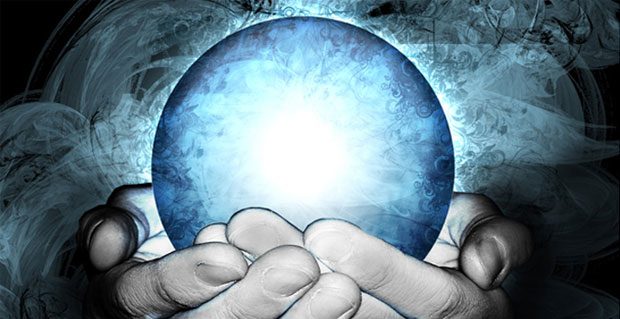Some laws are not acts passed by parliament. They are predictions. Murphy’s Law, for example, says anything likely to go wrong will go wrong. This is a humorous comment on life in general, but other laws are more serious and precise. A few years ago, Haitz’s Law said LED light bulbs would become the most popular source of artificial lighting by 2020.
Dr Roland Haitz first proposed the law at the Strategies in Light conference held in the year 2000. At the time, the lighting industry accounted for 6.5 % of global energy use. So when Dr Haitz said LED light bulbs would make lighting cheaper and more efficient, people sat up and took notice.
Haitz’s Law referred to lumens and watts.
- A lumen is a measure of the light LED light bulbs emit
- A watt is a unit of power for measuring the energy an electric circuit consumes
The Law said the cost per lumen of LED lighting would fall to 10% of its original price every 10 years. During the same period, the lumen power of LED light bulbs would increase 20 times.
The drop in price and improvement in brightness meant one thing: a rise in LED efficiency. Haitz’s Law predicted LED lighting would produce 100 lm/W (lumens per watt) by 2010, and 200 lm/W by 2020. With 200 lm/W, Dr Haitz said people would cut their use of electricity for lighting by more than half.
The reality of Haitz’s law
Since 2000, lighting companies have invested heavily in LED research. As a result, Haitz’s Law is reality. There are LED lighting systems with 100lm/W efficiency. Prototype LED light bulbs have even exceeded 200 lm/W.
Haitz’s Law was accurate about everything except the time frame. LED light bulbs are developing faster than the Law forecast. They are now common in homes and businesses. Consumers and companies want versatile, long life and low energy lighting. LED light bulbs are the answer.



